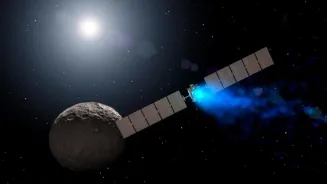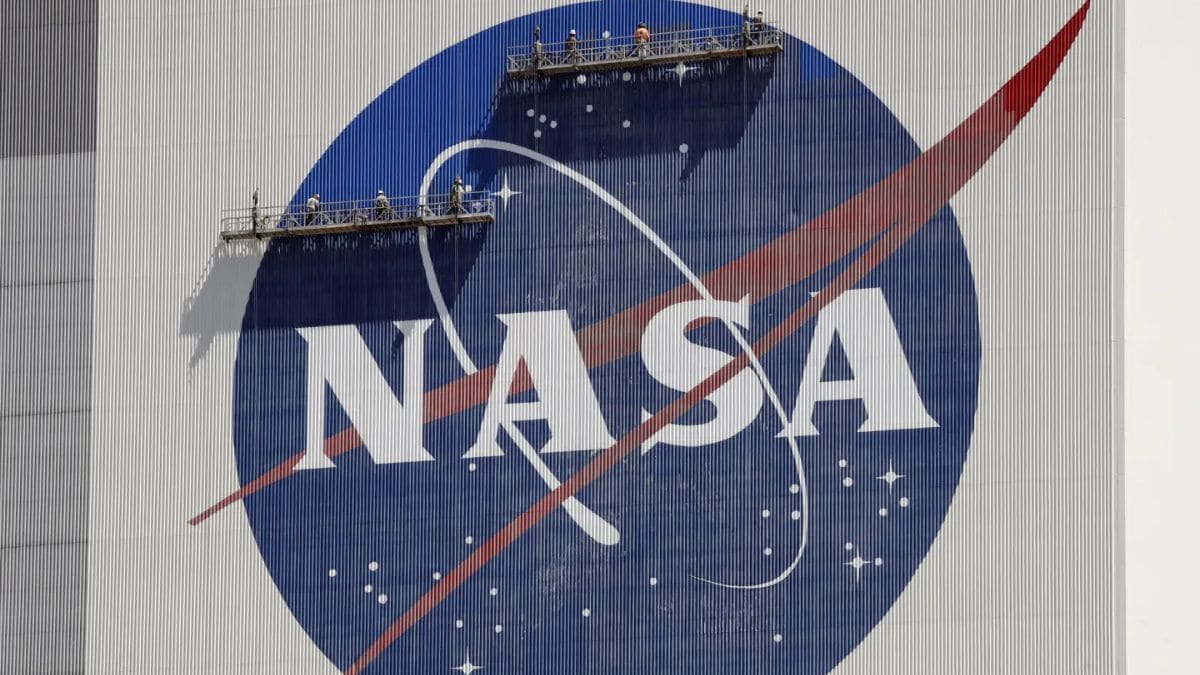Explore the Solar System's Enigmatic Moons: Potential Havens for Life. Dive into the mysteries beyond Earth!
Our solar system is a fascinating collection of planets, asteroids, and comets. But nestled amongst
these familiar bodies are some truly captivating moons. Scientists are now turning their attention to these celestial neighbours, particularly those with the potential to harbour life.
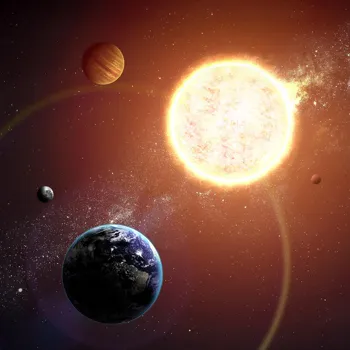
While it may seem like science fiction, the possibility of life existing beyond Earth is a real and exciting area of research. Let's explore seven moons that stand out as the most promising candidates for life in our solar system.
Europa's potential for extraterrestrial life fascinates scientists
First up is Europa, one of Jupiter's four largest moons. Europa is covered in a thick layer of ice, and scientists believe there's a vast ocean hidden beneath the ice shell.
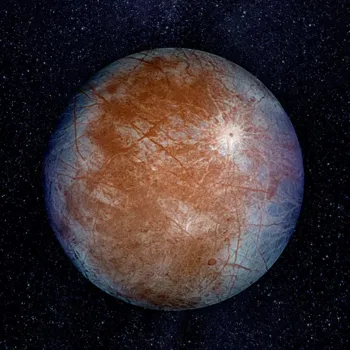
This ocean is thought to be salty and in contact with a rocky mantle, an environment ideal for creating the building blocks of life. Its potential to support extra terrestrial life is huge. It is also subject to intense radiation from jupiter which could prove very useful.
Europa has captured our imagination for decades, and several missions are planned to further explore this fascinating world.
Enceladus: potential for life with geysers and organic molecules
Enceladus, a small moon of Saturn, is another prime candidate. This icy moon has geysers that erupt from its south pole, spewing water vapor and ice particles into space. Analysis of these plumes has revealed the presence of organic molecules, the very stuff needed for life to arise.
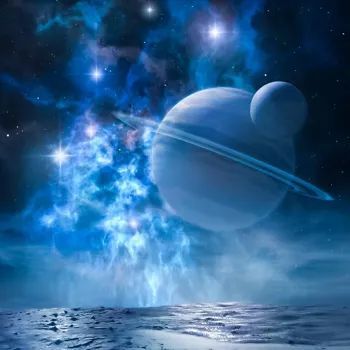
Enceladus also has a subsurface ocean, further fueling the possibility of life. The discovery of these plumes has made Encendalus a top choice to search for life. This discovery has revolutionized our understanding of potential habitable environments in the solar system.
Titan, Saturn's moon with potential for unique life forms
Titan, Saturn's largest moon, is a world unlike any other. It has a thick atmosphere, lakes and rivers of liquid methane and ethane, and a hydrocarbon-rich landscape. While the chemistry on Titan is very different from Earth, some scientists believe that life could exist in its unique environment.
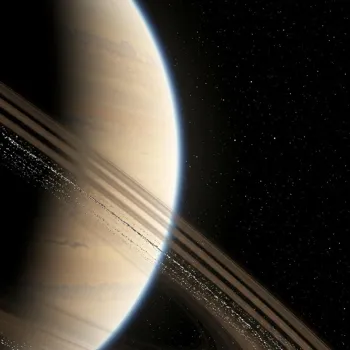
The possibilities on Titan are interesting because it is a world that is known to have complex chemical compounds. In Titan, the composition of the environment is rich in organic elements for life. Exploration strategies for Titan has been developed to look into its possibilities
Ganymede: unique moon with magnetic field and subsurface ocean, potential for exploration
Ganymede, the largest moon in our solar system and another moon of Jupiter, has its own unique set of intriguing features. Unlike Europa, Ganymede has its own magnetic field, suggesting geological activity beneath its icy surface.
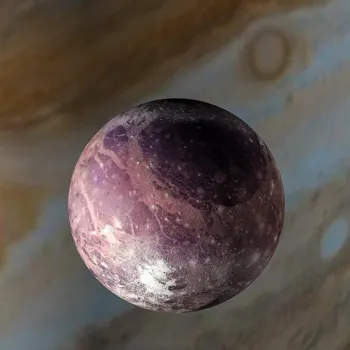
It, too, is believed to have a subsurface ocean, making it a target for future exploration. Studying Ganymede will provide more knowledge base. Ganymede is a very unique world because its interior differentiates itself from any usual moons. Ganymede can also bring knowledge for future missions too.
Possibility of habitability on outer moons in solar system
Next on our list, it is important not to ignore the possibility of habitability in the outer solar system, even if conditions are colder and more challenging.
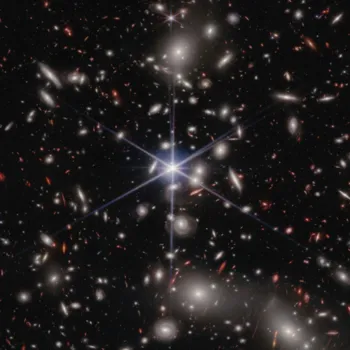
Callisto, another large moon of Jupiter, is believed to have a subsurface ocean and may be a source of prebiotic chemicals, even though it exhibits only minor geological activity.
Triton, Neptune's largest moon, has surprising cryovolcanism that could indicate the presence of an unusual subsurface ocean, with interesting chemical processes driven by Neptune's gravitational forces. Both are very unique and could be habitable.
Finally, let’s consider a special case
Ceres. Ceres, the biggest object in the asteroid belt, isn't technically a moon, but it's worth mentioning. This dwarf planet has evidence of water ice and may have a subsurface ocean. The discovery of organic molecules on Ceres has further sparked interest in its potential for habitability.
Ceres is considered an important link to understanding the origin of water. This important link that Ceres is considered to have suggests it could support the origin of life. Its geological activity differentiates it from other dwarf planets.
Exploring moons for potential extraterrestrial life
These seven celestial bodies offer a glimpse into the possibility of life beyond Earth. While we don't yet have definitive proof of life on any of these moons, the ongoing research and exploration is incredibly exciting.
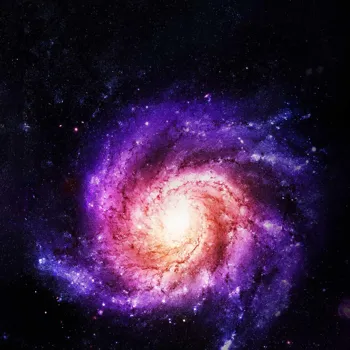
Future missions promise to shed more light on the conditions within these moons and help us answer one of humanity's biggest questions: are we alone in the universe? The solar system's moons are giving insight and excitement into the possibility of life formation beyond earth.
AI Generated Content. Glance/InMobi shall have no liability for the content
